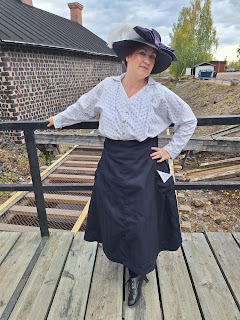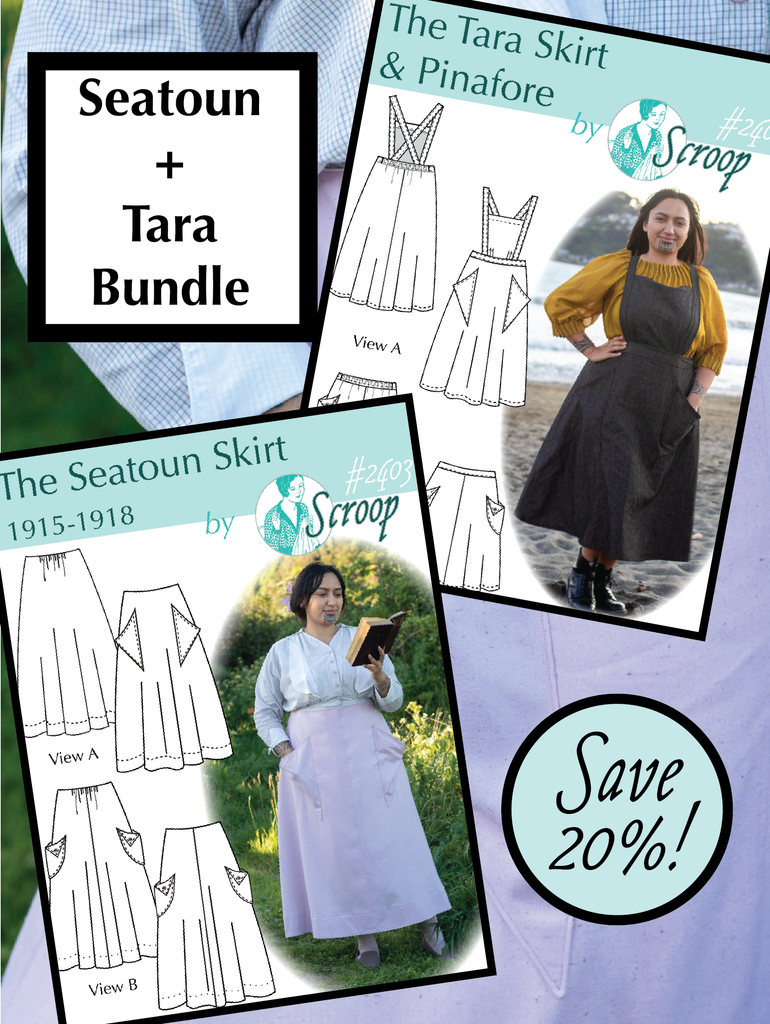Make a garment or accessory that is appropriate for more than one historical period… or even a historical piece that can be worn with modern clothing! (Note that the piece should still be ‘historical’, not just ‘historically-inspired’In order to come up with what I should do I started thinking around. I did just finish a shift that would work for several historical periods, a shift that I had forgotten about and found in a box with just the hemming of the neckline left, but that would also be a bit boring. Then I started thinking about mittens. My wrists are always cold so I have an assortment of cuffwarmers, but I can always use more. Fingerless mittens have been used a lot. I have made a pair of long 18th century ones and some folk costumes in Sweden still have them as an accessory. This autumn Lina Odell also released a book all about doing embroidered mittens with inspiration from folk costumes. Now for the HSM challenge it should be historical and not historically inspired, still I didn't copy a specific pair but rather used several historical parts as an inspiration.
 |
| Photo by Hilding Mickelsson/Hälsinglands museum, cc-by-nc |
 |
| Photo by Hälsinglands museum, cc-by |
The backsid of the mitten with the simple green row of chain stitch. The most tricky part was actually to attach the point in the right spot. For the lining I used a scrap of poly brocade, that is an historical pattern. I was a bit dissatified with the placement of the point, it didn't end up as centered as I would have liked.
Me wearing the finished mitten, that I also now use at work instead of the old grey ones.
The finished pair of mittens. Compared to the originals I have simplified the design, but I also now want to make more pairs that are more inspired by historical examples. It would be fun to have a pair inspired from my mother's folk costumes, which have a lot of circles and flowers in chainstitch and one inspired by the embroidery on the cap and bag for my own folk costume, which has a flowers in chain stitch. All in all it was a fun project and I can definitely see me making more of these out of scraps of wool.
How it fits the challenge: The mittens are from the 19th century, but I am using them with my every day clothes at work
Material: 0,4 m wool
Pattern: my own
Year: ca 1850-1880
Notions: cotton floss
How historically accurate is it? 60% - they are not as elaborate and they use cotton floss and poly brocade instead of silk, they are also a bit too long compared to the original.
Hours to complete: Made over a weekend
First worn: to work on December 17th
Total cost: stash project but probably around $6 if bought new


















































